Health Commons Theory of Change
There is no shortcut to listening, but listening is the shortcut
Over the course of five years, one critical lesson that proves itself over and over is a simple, but often complex thing: listening deeply to people and communities is the key to unlocking solutions to the health care system’s stickiest problems.
From my own experience working in policy roles in the civil service and in political jobs, policy is often formulated with a very narrow set of inputs from the same established experts and small groups of decision makers. These perspectives are useful in defining constraints, but are often held by people who are far removed from the lived experience of the community, lacking the crucial inputs of the people most impacted by those problems. As a consequence, policy solutions regularly fail to address the complexity and interconnected nature of multiple system failures and they are destined to be partial solutions at best.
Learning the hard way that a sizeable policy investment failed to address the priorities of the end user often sends everyone back to the drawing board to try with the same tools and processes, to generate something new. Asking people what matters most, what their priorities are and where to begin is a powerful way of interrupting this cycle. It does not mean that we will get it right every time, but it provides a more useful starting point, one that is closer to the problem in meaningful ways.
With this understanding as a foundation, one of the projects we undertook for ourselves recently was the creation of a Theory of Change that both articulates our approach to the work we do and serves as a touchstone for this work going forward.
A Theory of Change is a model that describes the set of assumptions that explain both the small, incremental steps that lead to the achievement of a long term goal and the connections between activities and outcomes that occur along the way to get us there. It shows a causal pathway from here to there by specifying what is needed for goals to be achieved.
The Health Commons Theory of Change is based on the following things that we hold to be true:
Health is more than health care. Full stop. Health as defined by people is not just the absence of illness or pain, it is the presence of wellbeing, it’s belonging, and it’s a sense of purpose.
Health disparities and inequities are not inevitable, they are the result of faulty systems. Moving away from acceptance of disparities as inevitable and towards an understanding that we created the conditions that produce inequities and can, therefore, dismantle them. Many inequities result from people being failed across the social determinants of health—from food and housing insecurity to economic instability, lack of access to opportunities and discrimination within the systems we exist within. Change begins with leadership in these systems accepting the responsibility of closing these gaps, and doing the work to close them.
Community knowledge is key to unlocking new solutions. There is no shortcut to listening, but listening is the shortcut when it comes to complex problems. Seeing the world through the eyes of people who live those complexities recognizes that they are the experts in their own lives. Taking in these perspectives helps us to better understand where to start and to know what actions will produce the most significant change for them. These conversations also unlock a much broader set of assets and solutions. Communities want to be part of the change and they have the know-how and motivation to see and create a better future.
Our work is to bring together people and system partners to build and test creative solutions and push for action. Our job is to listen, to understand how communities define their priorities, their solutions, the experiences they have today and the hopes that they have for the future. We look to community and system partners for promising ideas, test them and then take the next step to think about the conditions and the policy decisions that would allow those solutions to thrive and spread. Through the stories that are shared with us, we have seen decision makers gain new perspectives on the real barriers that challenge and diminish health. Through their ingenuity, resilience and strength, innovation has emerged that is altering the course for communities, honoring their role in the solution.
We can achieve health and dignity for all. Our goal is that everyone is given the opportunity to live healthy lives and experience wellbeing, and in the partnerships we have with communities and community leaders we have heard clearly that wellbeing goes hand in hand with dignity. Our collective aspirations strive for both.
To see our complete Theory of Change, including the inputs, activities and outcomes we see as essential to achieving health and dignity for all, click here.

